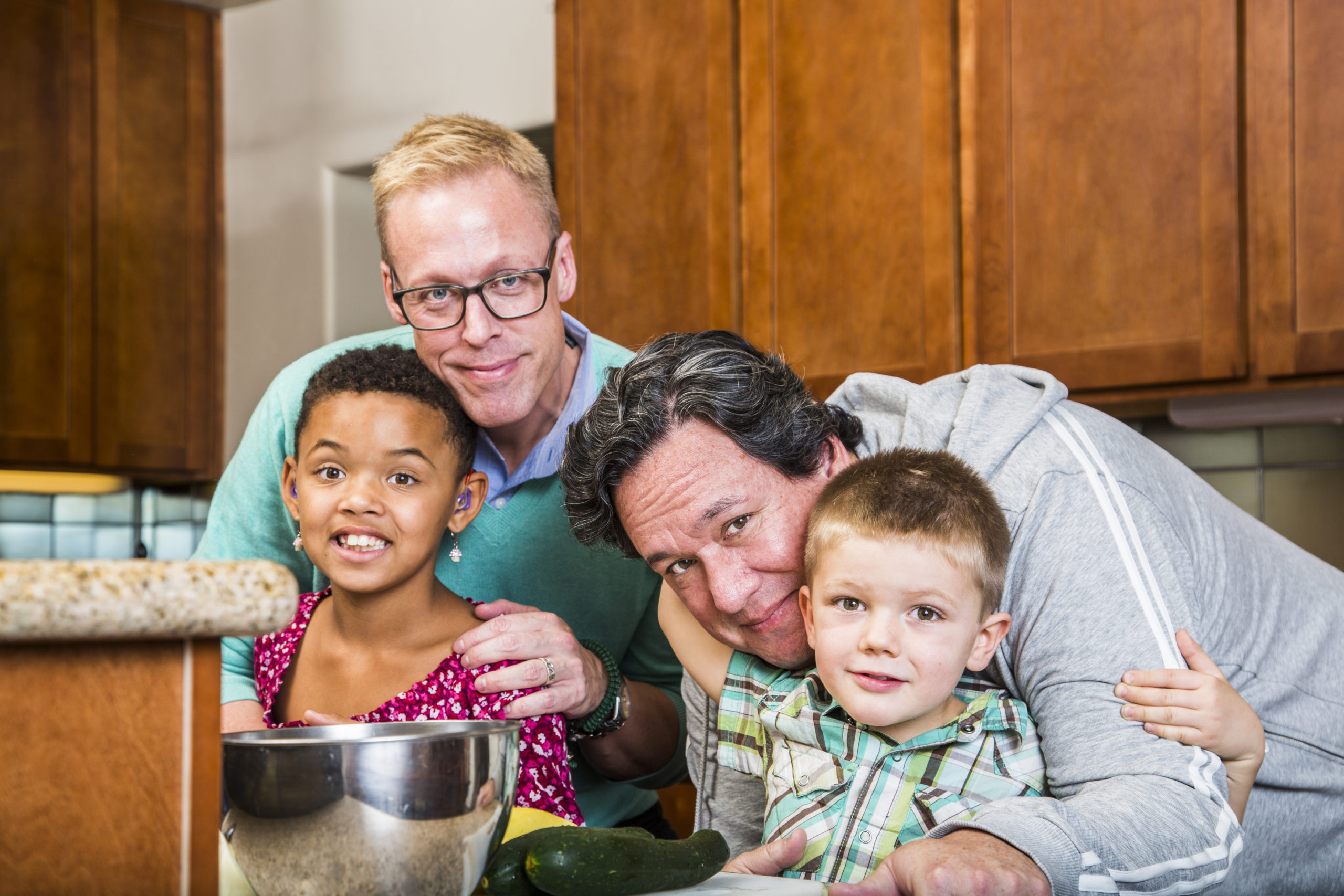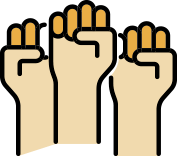Overview
Students will draw on a meal in their past that is important to them. Working from prompts and an exemplar, students write preparatory notes individually or in pairs, then share their descriptions orally in small groups and compare and contrast the answers, producing a shared graphic product that charts similarities and differences.
Stage 1
Whole Class (10 minutes): Introduce, model, establish activity and expectations.
Teacher opens with a thinking prompt: Why are meals important to us? Students provide responses (1-2 minutes).
Alt prompt: What foods are important to you? Why?
Teacher: We can learn a lot about each other from the foods that are important to us. Today, we are going to write and talk about a meal from our past that was important to us.
Teacher shares a 3-4 sentence (aside from prompt sentence) written description of an important meal (created by the teacher, see provided example), then orally expands on the topic. This models the stage 2 product (written description) and stage 3 activity (oral sharing based on written product).
Teacher explains that students will write their own descriptions, alone or in pairs, and will talk about their descriptions in small groups.
Model language:
Prompt sentence – I will tell you about an important meal that I remember.
Model some types of description. What was eaten, who with, where, when, what did you do while you ate, who cooked.
Model target language and grammar. Suggested – Simple past tense.
Contextualizing considerations:
- Writing product can shortened/lengthened and simplified/made complex based on student abilities and available support.
- Students can be provided the opportunity to pose questions to teacher following sharing of the model. This can be guided by a question bank. See Stage 3 as well.
Stage 2
Pairs (15 minutes): With assistance, students produce writing based on experience.
At teacher’s discretion (assigned or student choice, with considerations for student level and behavior), students in pairs to produce prompt+ 3 sentence descriptions of a meal from their past. Breakout rooms are used for pairs. Each student must produce their own description, but students working in pairs may assist each other. The writing product can be initially written in the language of the student’s choice, but an English language product must be produced. The teacher provides feedback and assistance by visiting breakout rooms of pairs. Students who complete their writing in the allotted time are encouraged to expand their description.
Stage 3
Small groups (4-6 students) (15 minutes): Peer assisted oral production from writing, joint product creation.
Students are brought back into whole class configuration and shown an example of a difference/similarity graphic organizer. In small groups, students are to orally share from their remembered meal text, sharing more spoken details than what they have written (oral elaboration). Based on these descriptions, students will draw graphic organizers (on paper or using teleconferencing tools digital drawing features when available) that detail differences and similarities in these descriptions. Students are grouped at teacher discretion, either preserving or mixing pairs from Stage 2. Groups go to breakout rooms to collaborate. Teacher visits group rooms to offer selective feedback and assistance.
Contextualizing consideration:
- Questioning strategies – Students can be encouraged to pose questions to sharing members, possibly drawing from a provided question bank.
Stage 4
Small group remix (4-6 students) and report or whole class report (10 minutes): Oral production from joint product.
Teacher can choose between whole class or mixed small group
Whole class
Students return to whole class configuration. One member from each group shares and explains their graphic product, with support from other group members encouraged.
Mixed small group
Students return briefly to whole class and are assigned into new small groups (either randomly or guided by level/behavioral considerations, with as little overlap from previous groups as possible). Teacher explains that each group member is to share with the others what they found in their group discussions. Groups then go to breakout rooms. Teacher visits breakout rooms to observe.
Debrief
Whole class (5 minutes): Feedback and commentary
In whole class configuration, the teacher elicits feedback on the activity from students, and provides some general feedback. If possible, students can draw connections across different group products. Students will be instructed to upload 2 products: Individual written sentences, and group graphic organizers.





